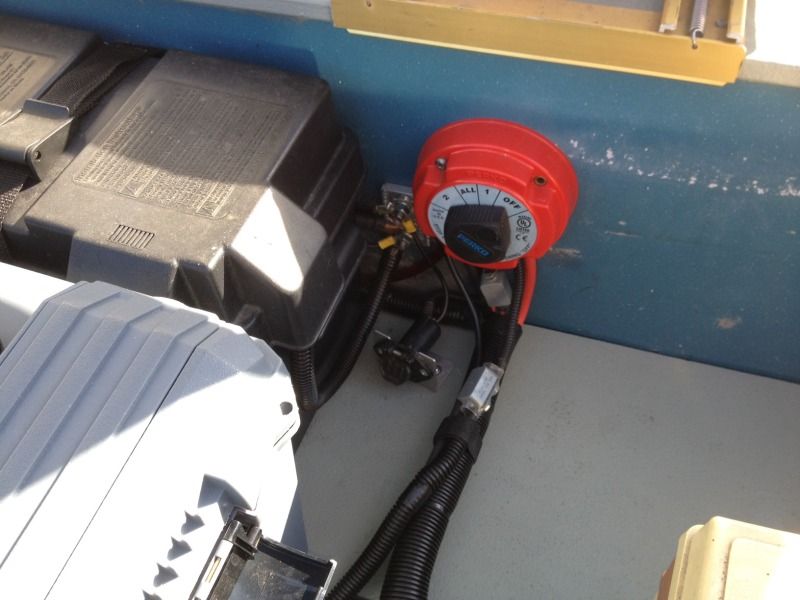I recently bought a small jon boat, and will be using it electric only on local lakes. I am interested in extending my trolling capability by installing a second marine battery.
If I understand correctly, I can connect these two batteries in 'series', doubling amp capacity by connecting 'pos to pos' and 'neg to neg'.
Is that correct?
If I understand correctly, I can connect these two batteries in 'series', doubling amp capacity by connecting 'pos to pos' and 'neg to neg'.
Is that correct?


